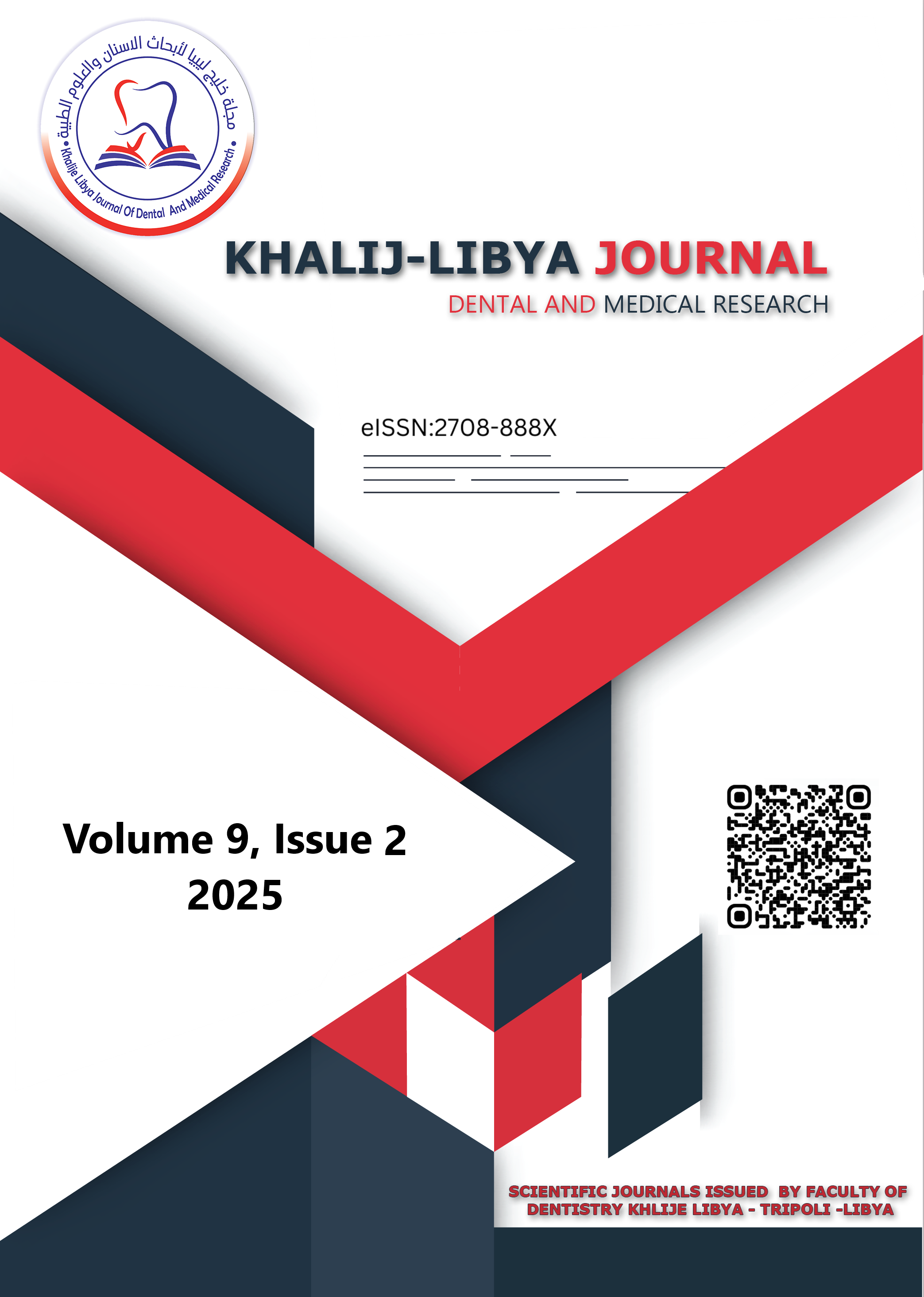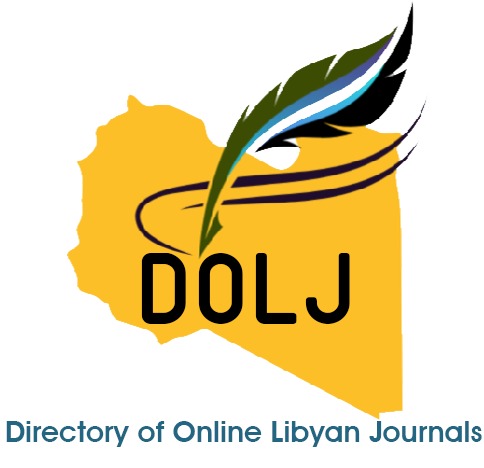A Maxillofacial Surgical Approach to Pediatric Schwartz-Jampel Syndrome: A Study of Jordanian Children
DOI:
https://doi.org/10.47705/kjdmr.259201Keywords:
Schwartz-Jampel syndrome, Botulinum toxin A, Myotonia, Mentalis muscle overactivity, Case report.Abstract
Schwartz-Jampel syndrome (SJS) is a rare neuromuscular disorder with autosomal recessive inheritance, characterized by defective muscle stiffness (myotonia) and cartilage development. The clinical manifestations of this syndrome include permanent generalized myotonia and distinctive facial features such as blepharophimosis, a puckered chin, pursed lips, and a fixed facial expression. Skeletal abnormalities include short stature, skeletal dysplasia, and joint contractures. Objective: We report four Jordanian children with SJS, who were referred to the maxillofacial surgery section for the management of mentalis muscle overactivity after carbamazepine medication and physiotherapy were not successful. The patients underwent Botulinum toxin A injections in the mentalis muscle under general anesthesia. One patient also underwent additional surgical intervention in the form of mentalis muscle myotomy. The laryngeal mask airway technique was used for general anesthesia, and precautions for malignant hyperthermia were taken. The patients were reviewed for up to eight months with satisfactory results. Mentalis muscle Botulinum toxin A injections for pediatric SJS patients under general anesthesia have satisfactory outcomes in controlling the muscle overactivity. The procedure can be performed safely with modified anesthetic techniques, provided precautions are taken for malignant hyperthermia.
Downloads
Published
How to Cite
Issue
Section
License
Copyright (c) 2025 Khalij-Libya Journal of Dental and Medical Research

This work is licensed under a Creative Commons Attribution-NonCommercial 4.0 International License.
All the articles published in KJDMR are distributed under CC BY-NC-SA 3.0 IGO license










